Configuring ZenGRC with Jira Software Server
Tristan Mohn (Deactivated)
Victoria Buhler (Deactivated)
Jeff Tchang
Page Contents
Overview
The ZenGRC Jira integration allows you to view Jira Software Server information from within ZenGRC. In particular, you can create audits where request details can be updated and tracked in both Jira and ZenGRC.
IMPORTANT
Those integrating with Jira Software Server must allow inbound/outbound traffic through your organization's firewall. This is not necessary for Jira Software Cloud users. For additional information, please review IP Whitelisting.
Configuring Jira Software Server
This documentation is for configuring Jira Software Server projects that are linked to ZenGRC, as well as for setting up the Jira user who is added to the Jira Settings page within ZenGRC.
TIP
It is the permissions within Jira Software Server that impact the access between Jira and ZenGRC. If there are issues between the two applications, please check Jira settings.
Creating or Verifying a Jira User
- From the Atlassian admin console, create a new user or verify the existence of the user that will be used to establish the ZenGRC connection.
- If you're using a Lightweight Directory Access Protocol (LDAP), then create the user in that directory and sync it with Jira.
Configuring Permissions
In each of the Jira projects that will be used for ZenGRC, complete the following in the Permissions area:
- Create Issues - Enable this section so the user can create issues within Jira. If not, ZenGRC won't be able to send requests or tasks into the Jira project.
- Browse Projects - This should be enabled only for the projects that will be used for ZenGRC.
- Create Attachments - This should be enabled in order to attach evidence.
NOTE
For additional information on permissions, please read the Atlassian Cloud documentation on Managing Project Permissions
Testing the User
- Log into your Jira project as the user just created in the Creating or Verifying a Jira User.
- Review content to double-check what the user can see and do. This is then what ZenGRC will be able to access/see in Jira.
Setting the Connection
After accessing the connector, complete the following steps to set up the connection:
- Enter the following information on the Jira Settings page:
Jira instance URL - Add the link to your Jira instance.
TIP
The URL to your Jira application should look similar to this example: https://[your-jira-domain].atlassian.net/. Make sure to include the full address, including the https://.
- Jira email / username - Add the user email address or username who is set up with access to Jira and ZenGRC. To set this user up in Jira, follow instructions under Configuring Jira Software Server.
Jira password - Add the Jira password for the user set above.
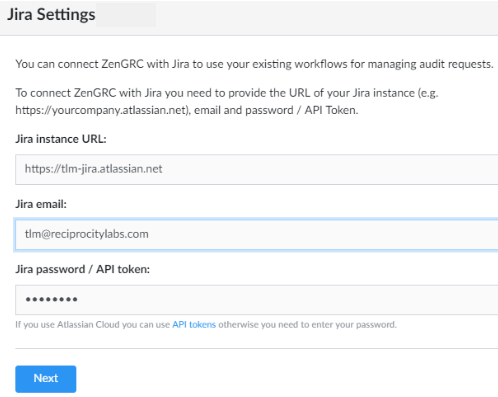
- Click Next.
- The Jira Settings page displays. For information on the selection of issues and requests, please read the Atlassian Cloud documentation on Epics, stories, versions, and sprints.
- After making selections, click Save. You will then have the option to select whether a new audit can be managed in ZenGRC or in Jira Software.
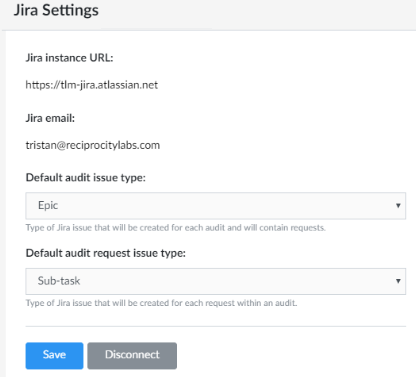
Add Linked Issues Field
Connecting Jira Software Server with ZenGRC also requires that the Jira Linked issues field be added to the Jira project. This may also apply to cloud instances as well. For additional instructions, please view the following video.
To add the Linked issues field to Jira, complete the following steps:
- Sign in to your Jira instance as an administrator user.
- Open Jira administration.
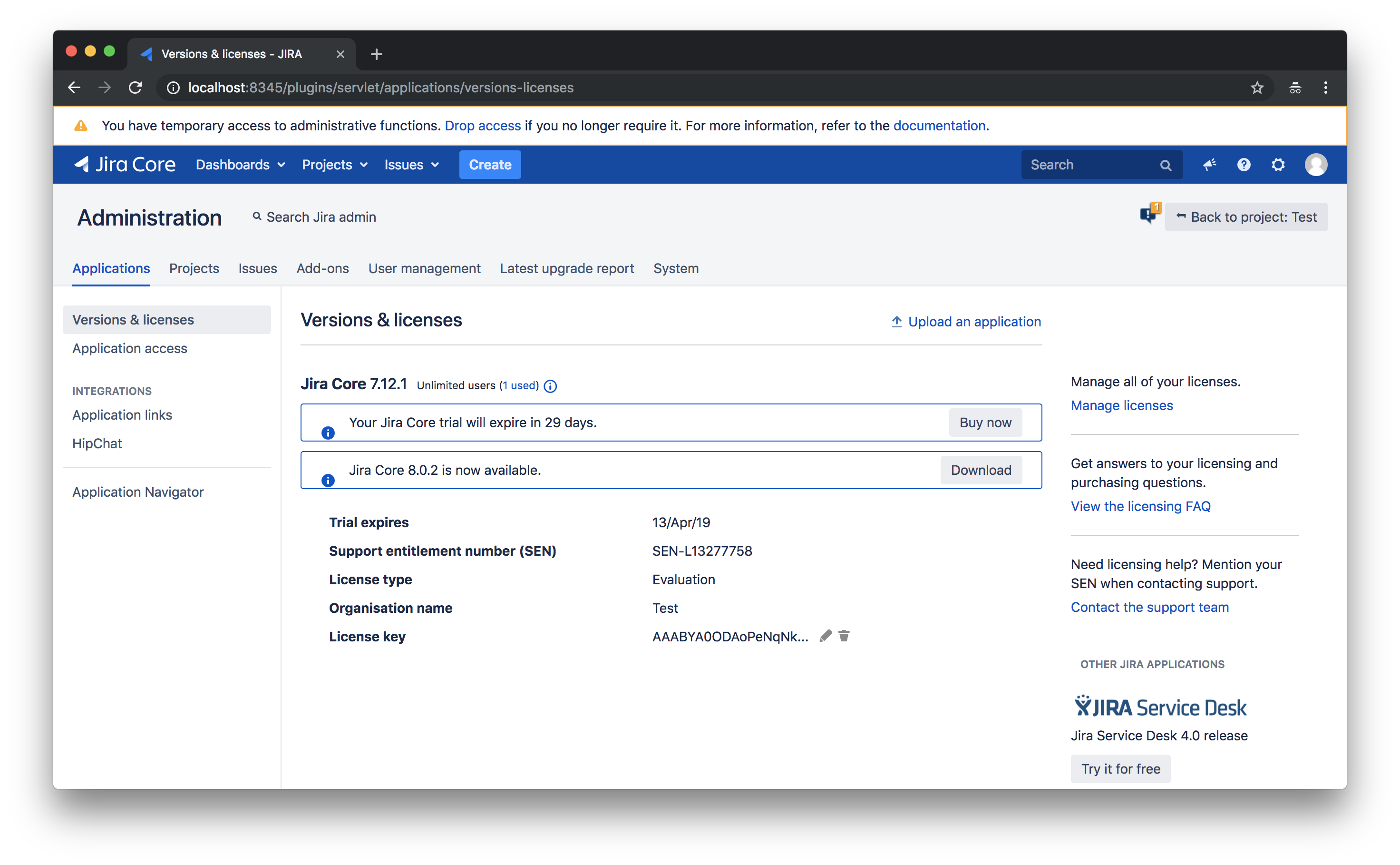
- Click Projects.
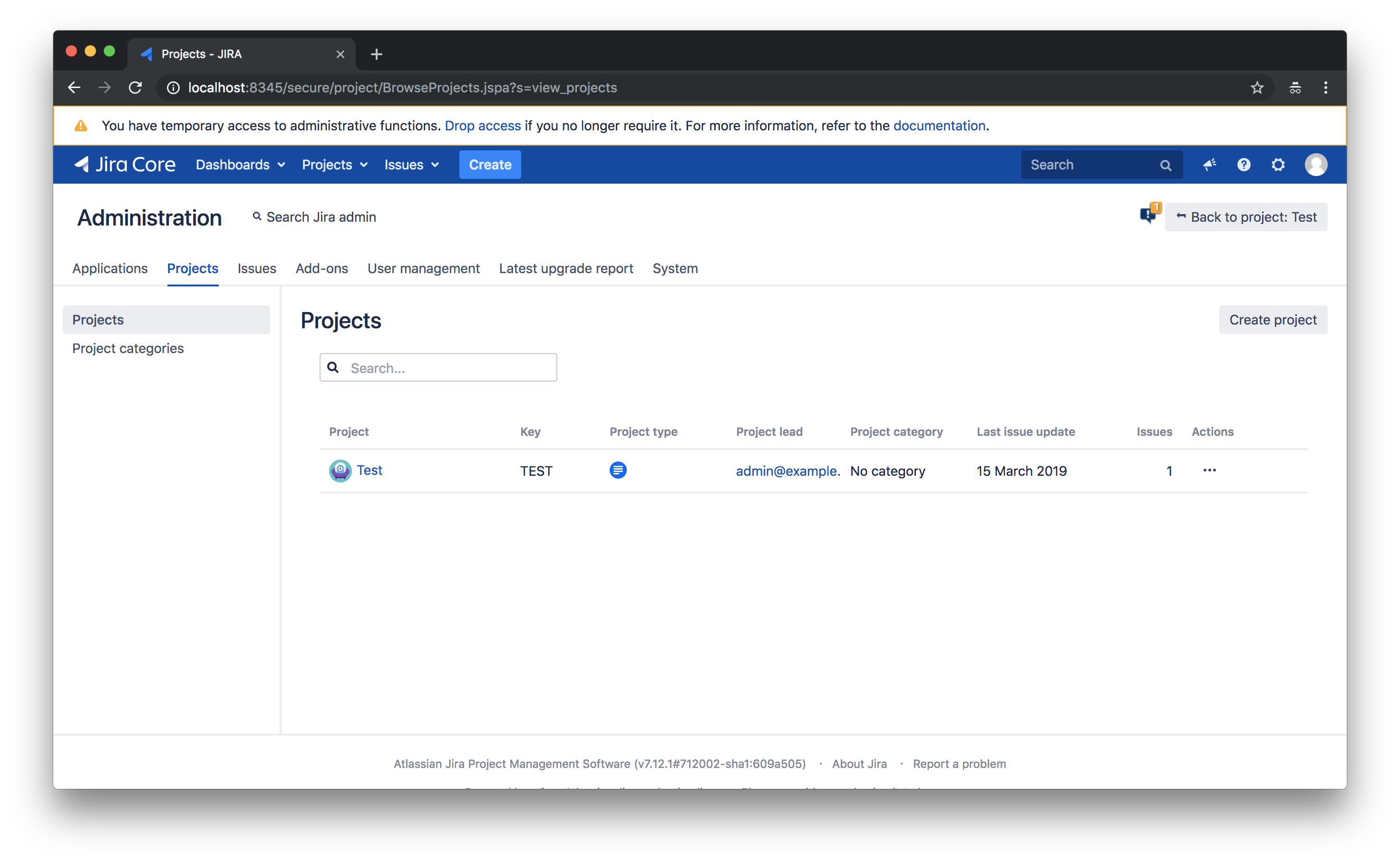
- Click the project name you want to use for a Jira Audit.
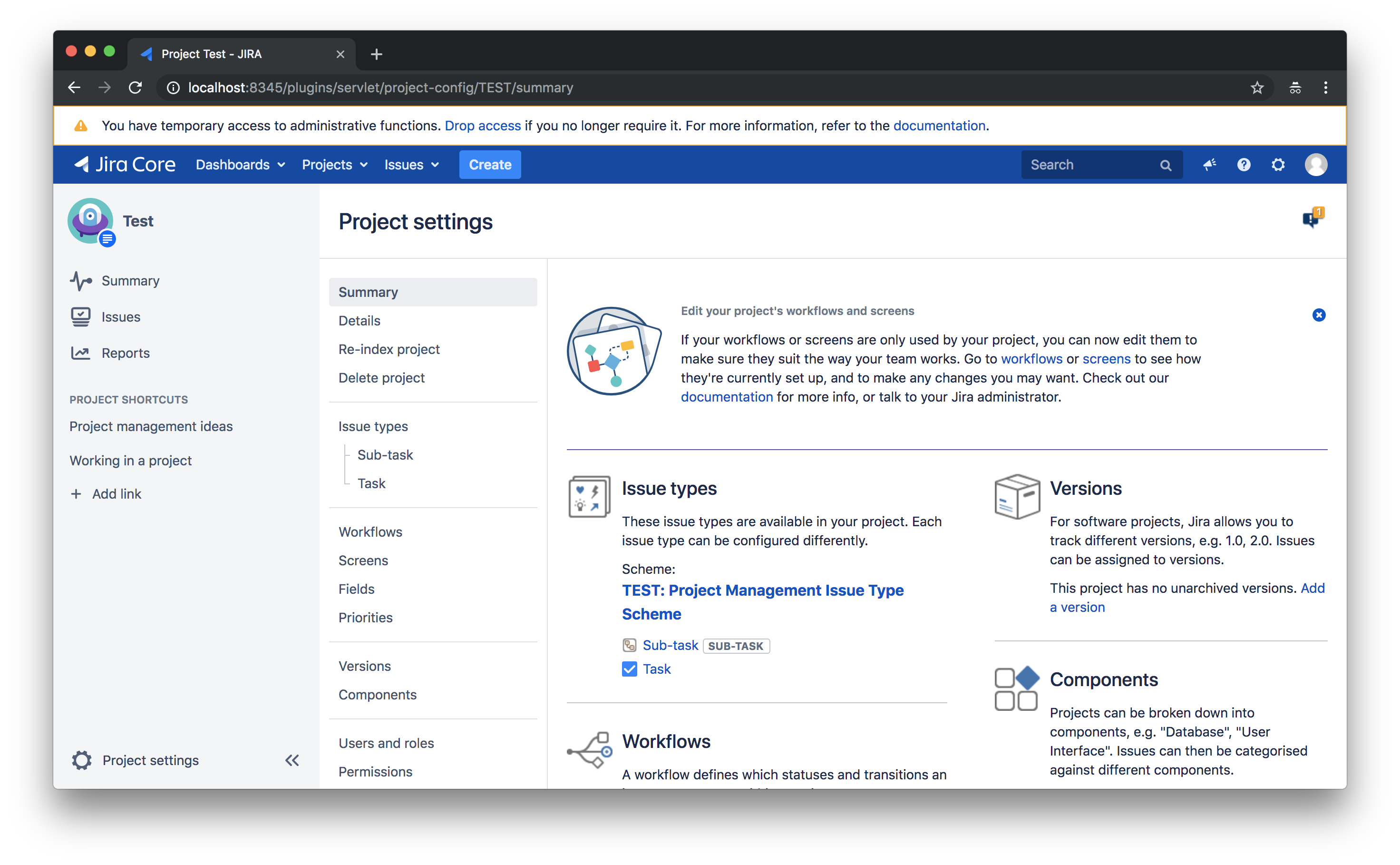
- Click Screens.
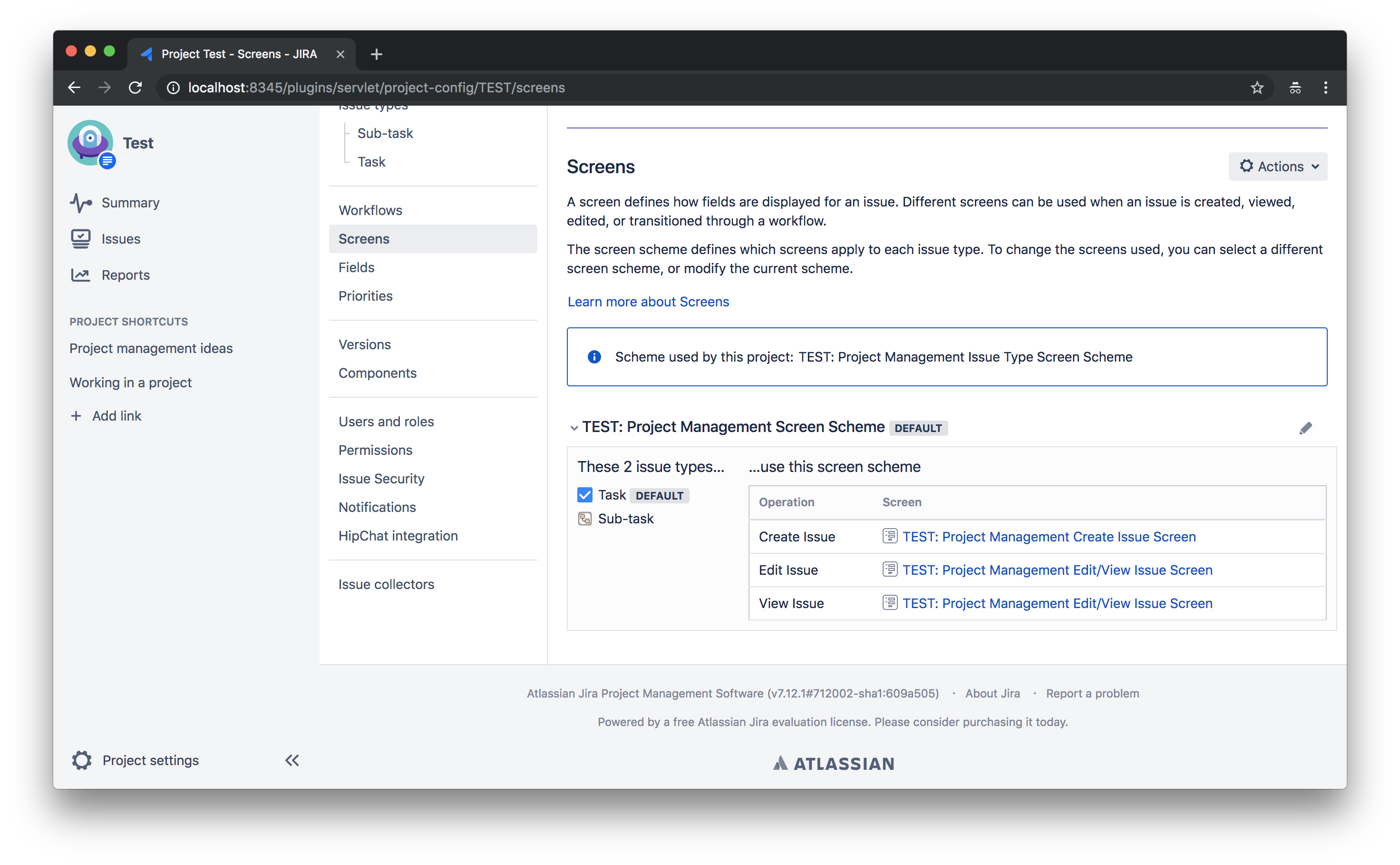
- Find the Screen scheme that contains Issue types that you would like to use for you Audits and Requests (e.g. Task/Sub-task or Epic/Story). Click Create issue screen.
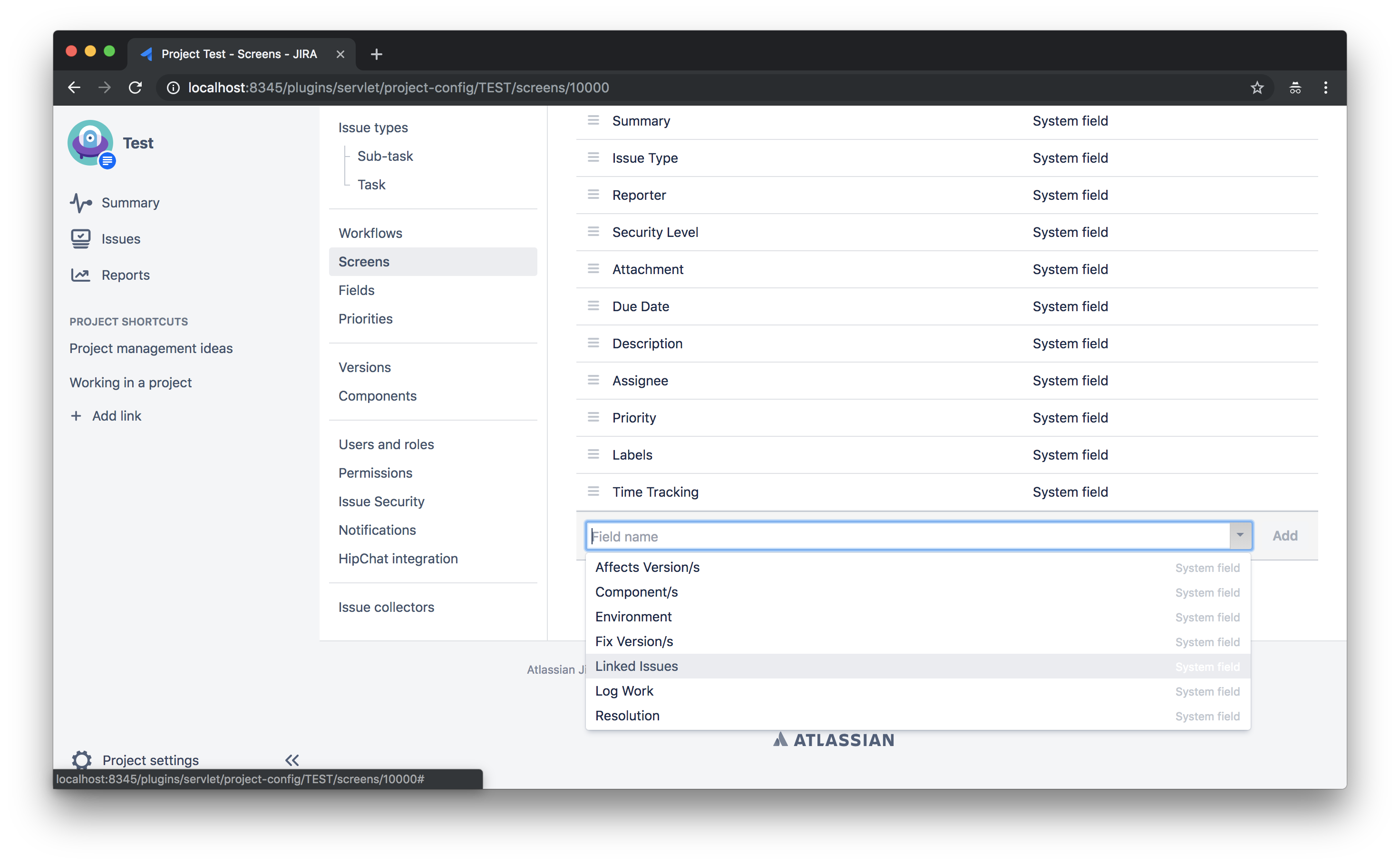
- Find Linked Issues field and click Add.
- Go back to Screens page and repeat the step 7 for Edit issue screen.
Verify that Linked Issues field was added to View issue screen (it should be added automatically).
© 2021 Copyright Reciprocity, Inc.
https://reciprocity.com